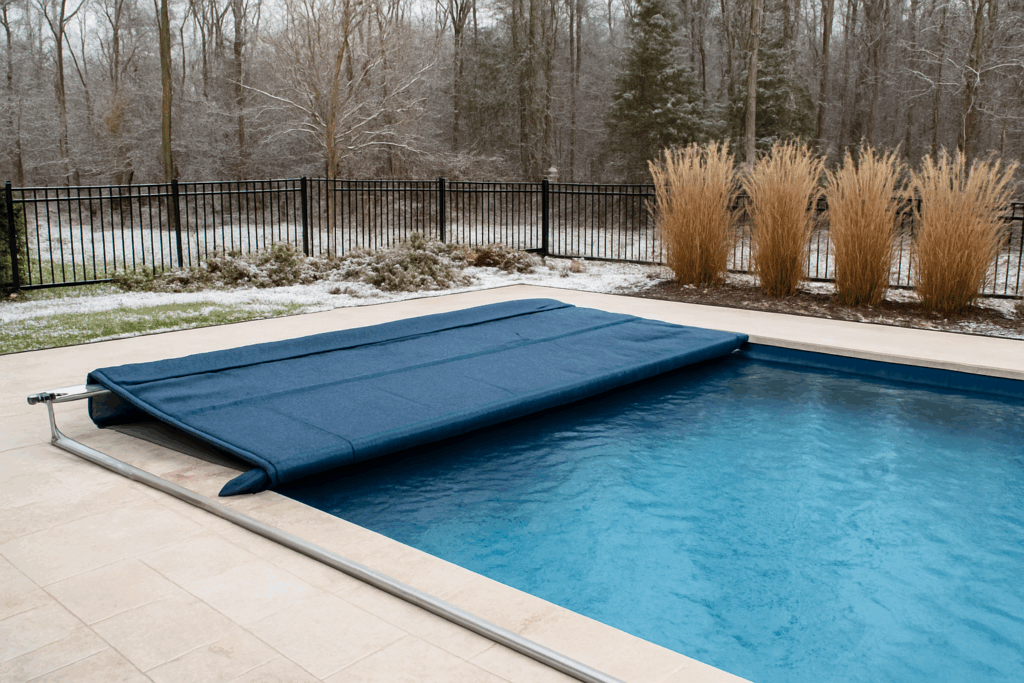
Winter Pool Heating Tips
As the temperatures drop, most people assume pool season is over, but it doesn’t have to be. With the right heating system and maintenance routine, you can extend your swimming season well into the cooler months. Whether you have a residential pool, manage an HOA community, or oversee a vacation rental property, keeping your pool warm this winter is all about efficiency, comfort, and proper care.
1. Choosing the Right Pool Heater
There are a few main types of pool heaters, and each offers unique benefits depending on your needs:
– Gas Heaters – Perfect for quick heating, especially if you use your pool occasionally during colder months. They work fast but can be more expensive to run over time.
– Electric Heat Pumps – These are energy-efficient options ideal for maintaining a steady temperature throughout the season. They draw warmth from the air, making them best suited for mild southern winters.
– Solar Heaters – A great eco-friendly choice if you want to reduce energy costs. Solar systems are most effective when paired with a backup heater for cloudy or colder days.
2. Don’t Forget the Pool Cover
A pool cover is one of the simplest and most cost-effective tools for heat retention. It prevents heat loss overnight and keeps out debris, helping your heater work less and save energy. For extra insulation, consider a solar cover, it captures and holds warmth from the sun, maintaining a comfortable temperature without additional energy use.
3. Regular Maintenance Matters
Even during winter, your pool equipment needs attention. Regular maintenance keeps your heater and circulation system performing efficiently. Here’s what we recommend:
– Clean your filter regularly to maintain proper water flow.
– Check your heater’s efficiency and look for buildup or corrosion.
– Monitor your water chemistry, especially calcium levels, which can damage heating elements if unbalanced.
4. Optimize Energy Use
A few small adjustments can help you save on energy bills while keeping the pool comfortable:
– Lower your thermostat a few degrees when the pool isn’t in use.
– Run your pump and heater during the warmest part of the day.
– Use a timer or automation system to manage heating schedules efficiently.
5. Is It Time to Upgrade Your Heater?
If your heater struggles to reach the desired temperature or takes much longer than usual to warm the pool, it may be nearing the end of its lifespan. Modern models are significantly more efficient and can save you money in the long run.